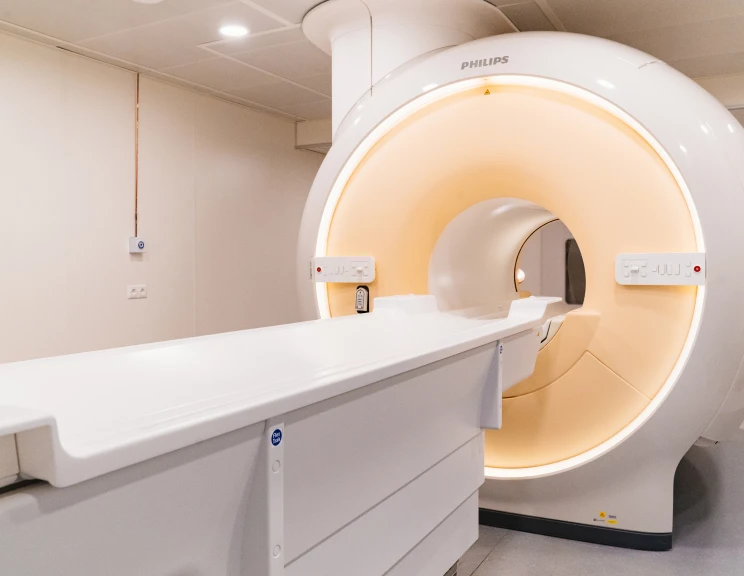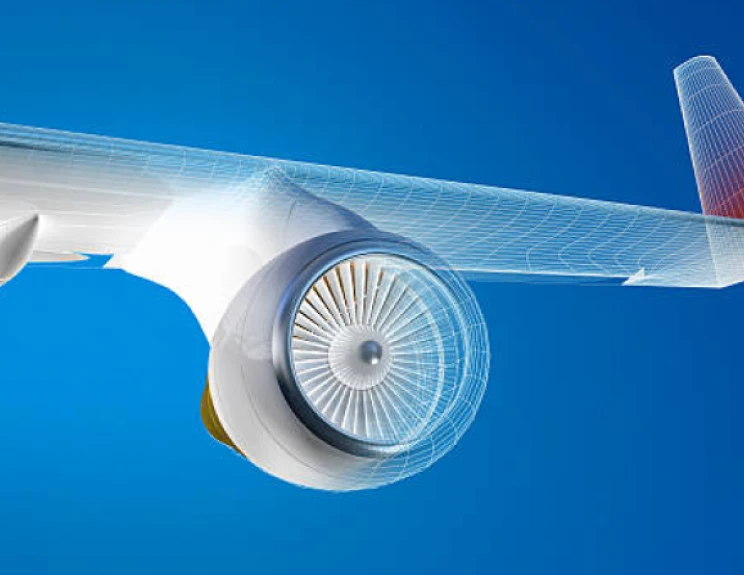The Client
The customer is a top used-car dealer in Japan with over 30-year experience in trading used cars, car services (spare parts, inspection, vehicle ...), and even new car both online and offline. The trading is executed through two channels: A and Dol. The number of stores and showrooms up to date is over one thousand, and the numbers of business systems being used is over two hundred. The number of employees required to operate the system is approximately four thousand.Business Needs
The customer’s AMS systems were developed in different kinds of languages and technologies (Java, C #, C ++, Cobol, Oracle, SQL Server, DB2, MS Access ...). These systems were being operated by several vendors, three main of which are Jx, Ax and Ix. Each vendor worked asynchronously on its own. If there was a request involving all of three vendors, the processing effort would be extended, causing many difficulties for the end users. When the user had a request, they needed to consider which vendor is responsible for operating it. Sometimes the vendors missed the request because it was not defined correctly in the scope of their processing. Each year, the operating cost paid for vendors was enormous, yet ineffective due to regular business interruptions and users’ dissatisfaction. In two years, the complex operation and large systems need to be transferred so as to be executed by only one vendor, accounting for 80 percent of the operating workload.The Solution
The language and technology challenge for FPT was resolved quickly. The business process of vehicle sales was assessed and researched by FPT experts in order to be developed, reconstructed and integrated. In-house servers were transferred to AWS and then applied effective maintenance operation. The business operation including image processing, data input, personnel, accounting outsourcing… was taken over by DPS by advanced technology and self-developed tools, fortified with available human resources. FPT proposed an approach including 3 stages: Stage 1: Prepare Onsite FPT staff will be dedicated at the customer site to learn about the business process. Stage 2: Transfer and OJT - FPT offshore teams are professionally trained directly by the vendors. - FPT operates under vendor control for transferring business systems. - Vendors evaluate the results and report back to the customer. - Based on the transferring results, customer will decide how to decrease the number of vendors’ employee and increase FPT’s ones. Stage 3: FPT officially operates with the systems that have been handed over and continued to improve them on customers’ demand.The Benefits
The large and complex systems are successfully handled and maintained in AWS within the committed time:- Improvement of work efficiency and productivity
- Cost reduction (over 30% cost reduction)
- 24 hours / 365 days service
- Client concentrates on core business



























